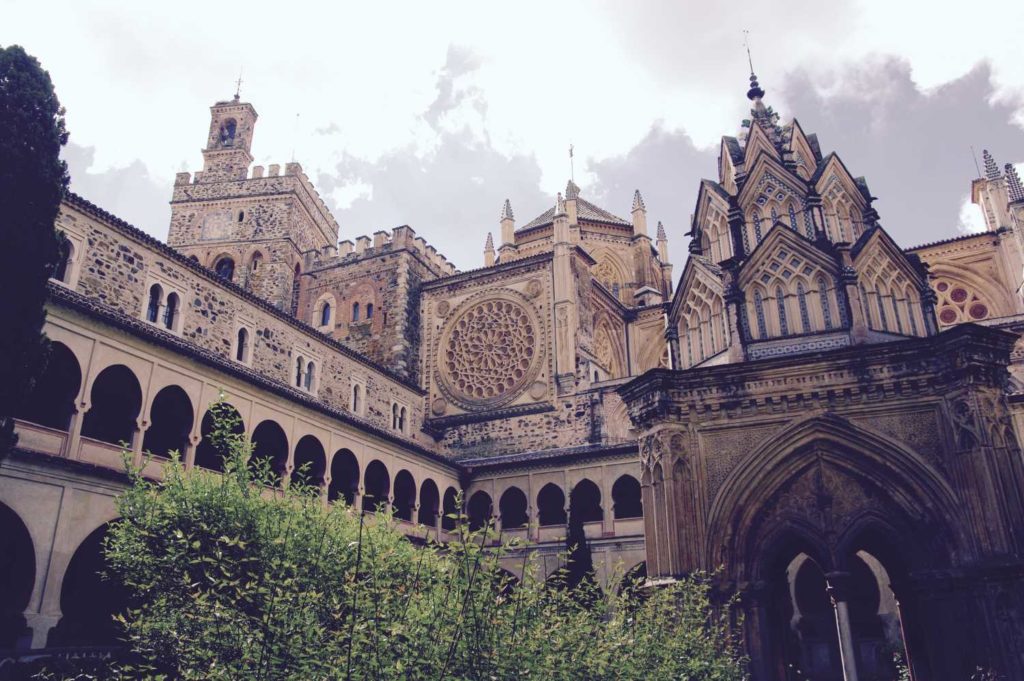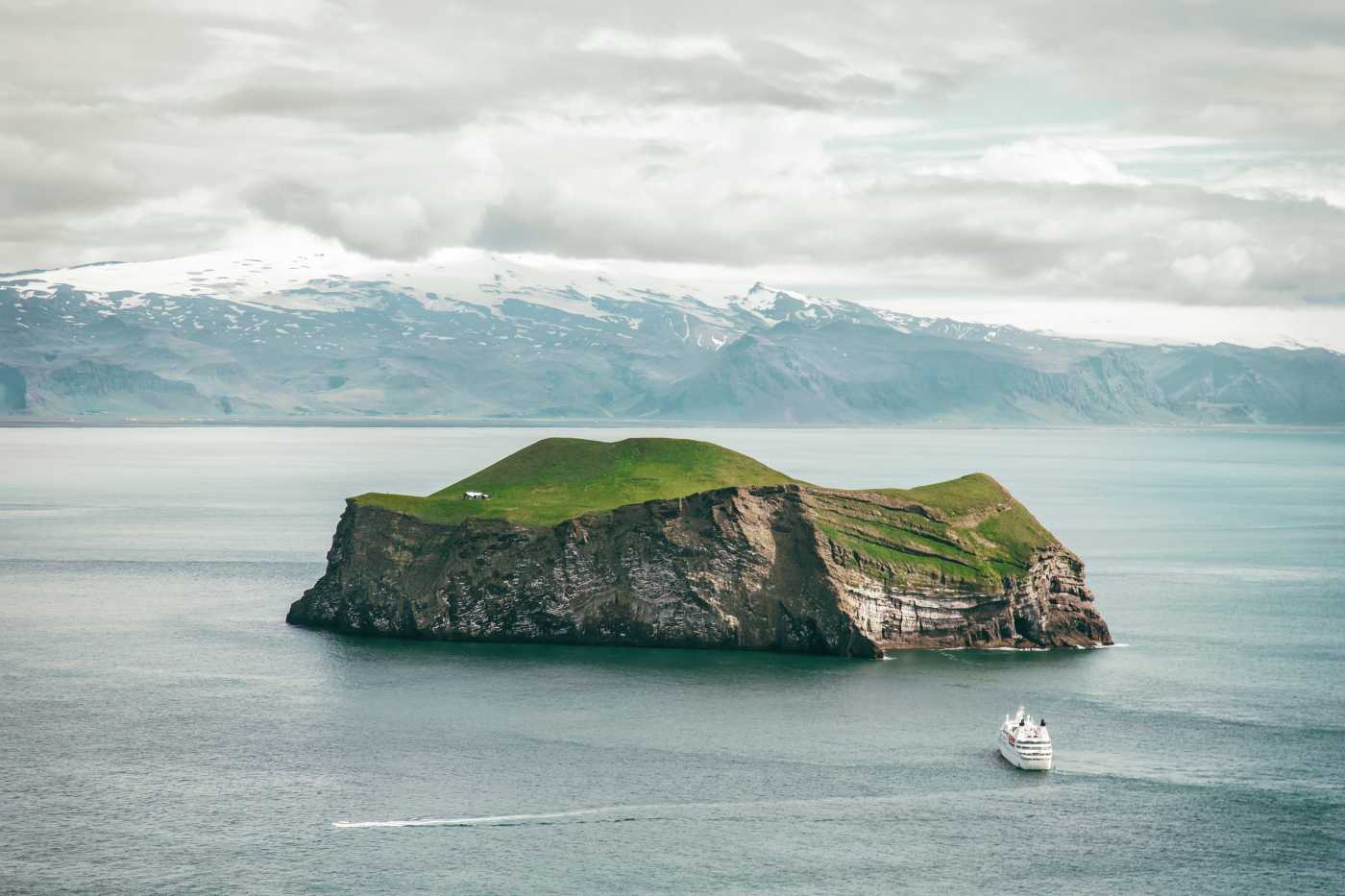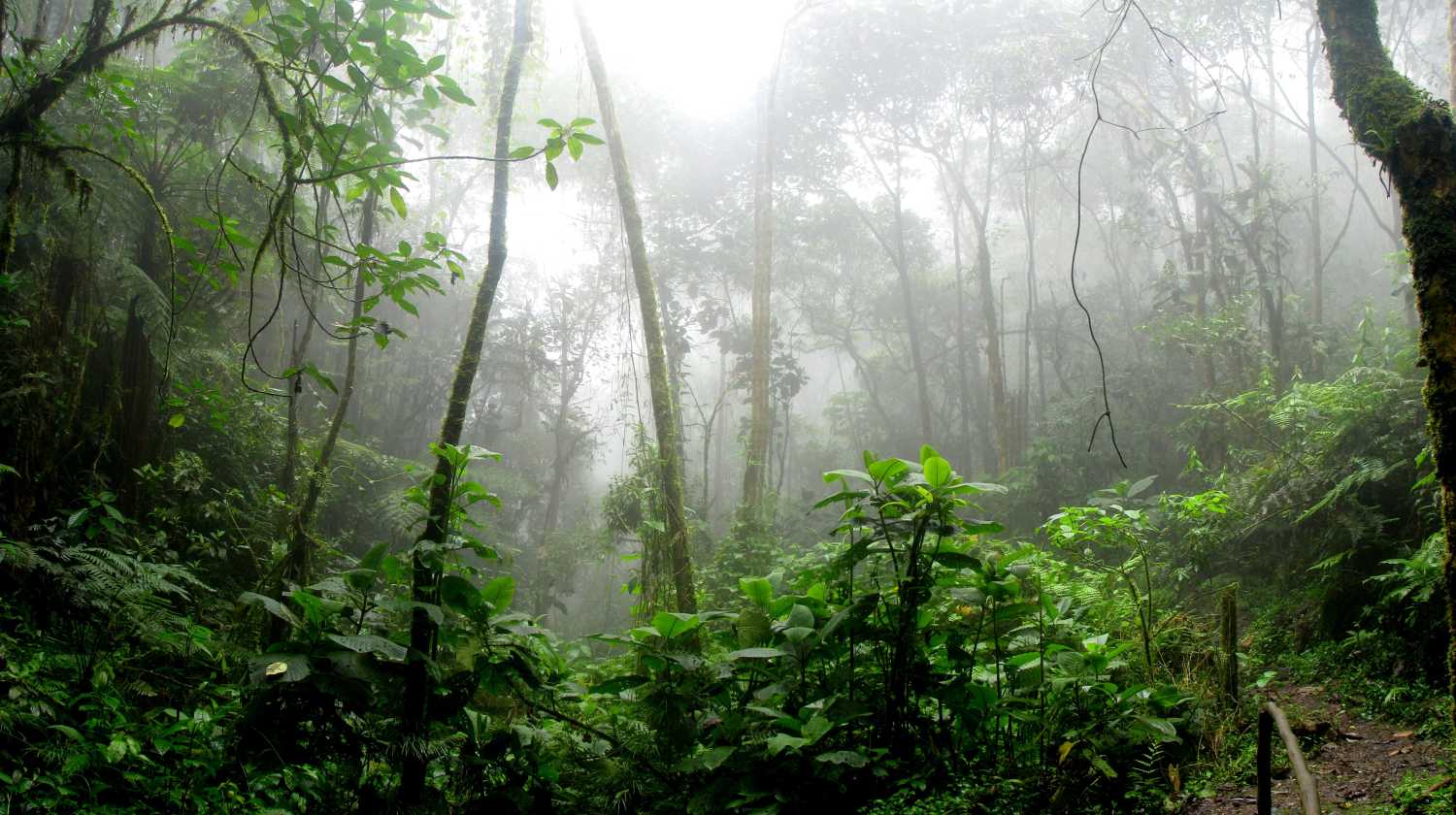History
The historical backdrop of the religious community goes back to the thirteenth century when a shepherd kid by the name of Gil Cordero found a statue of the Virgin Mary along the Guadalupe River. “Guadalupe” is gotten from the Arab word for “shrouded waterway”.
The statue was accepted to have been covered thereby Visigoths who fled an attacking Moorish armed force in 714. Legend says that the Virgin breathed life into one of his steers back with the guarantee that Gil makes a congregation on the spot where the statue was found. The religious community is the congregation that was manufactured.
The cloister turned into a famous spot for rulers of Spain. Specifically, Queen Isabella regularly remained at the religious community and home worked at the cloister for her.
The cloister had an exceptional job in the investigation and colonization of the New World.
It was here where Queen Isabella initially met Christopher Columbus, and it is trusted that here he may have proposed endeavoring to achieve Asia by cruising west.
It is trusted that the vegetable patio nursery of the religious community may have been the primary spot in Europe where New World sustenances, for example, potatoes, corn, and tomatoes may have been developed.
The main locals of the Americas to achieve Europe were brought here, and they were submerged as Christians here. There is a sketch portraying the scene in the back of the congregation.
The majority of the spots in the Americas with the name “Guadalupe” were gotten from this town. This incorporates the city in Mexico and Guadalupe Mountains National Park in Texas.
The religious community turned into an imperative journey site throughout the years and it is the point of convergence of the Camino de Guadalupe.

Sights To See
1. Embroidery Museum:
The previous eating corridor of the cloister has been changed over into an exhibition hall of the authentic administrative vestments which were utilized by the priests. A significant number of the vestments were made from fabric from dresses worn by the Queen of Spain who gave them to the religious community. The priests made extremely complex weaving for the majority of the vestments utilized for religious administrations.
2. Dressing room:
Originally worked for Queen Isabella, it is embellished with compositions by the craftsman Francisco de Zurbarán. Today it is as yet utilized as a dressing region for the priests as their administrative vestments are put away here.
3. Choir Book Room:
Monks who sang in the choir in the sixteenth century all utilized enormous books which could be perused by the whole choir. There is a gathering of these goliath books in the choir book room. You can visit the choir space in the congregation where you can see the first bronze pivoting holder which held the books for the choir.
4. Painting and Sculpture Museum:
This room is a gathering of the craftsmanships gave to the cloister throughout the years. Here you can see works from Goya and El Greco.
5. The Virgin of Guadalupe:
This is the feature of the whole religious community complex and the motivation behind why it was fabricated. The statue itself isn’t that extensive. It is about the span of an expansive doll. The statue is on a pivoting platform, with one side confronting the principal church, and the opposite side confronting a little sanctuary. The statue is confronting the congregation more often than not, and that is the way most guests will see it. (Note: it is fairly far away when you see it in the congregation). Notwithstanding, every so often, it is in plain view in the church where you can see it very close. Expect a group with long queues when it is in plain view.
The amount Time Should You Spend
Give yourself something like 60 minutes, and presumably, two hours at least relying upon the amount of the cloister is available. There are a few little exhibition halls inside the religious community (see above) which ought to be investigated just as the principal church. You can undoubtedly go through multi-day in Guadalupe investigating the town and the encompassing territory too.
The cloister gets about 85% of its guests from Spain, the vast majority of which seek religious reasons. All things considered, expect fundamentally littler groups on weekdays and in the off-season.
Tips for snapping photos
The most widely recognized photograph of the religious community is taken outside from the principal square situated before the congregation. This is a wide-edge perspective on the exterior of the congregation and the front advances.
Streak photography isn’t permitted inside the congregation or inside any of the galleries. Get ready to expand your ISO when you are shooting inside.
You can get an extraordinary perspective on the highest points of the structures from the Parador de Guadalupe lodging which is situated over the road. The principal picture at the highest point of this page was taken from a window in a lobby from inside the lodging.
You can likewise get a scene perspective on the whole religious community complex and the town by going a couple of kilometers outside of the town. There is a pullout out and about in the slopes with a metal sign for the “Camino de Guadeloupe” where you can leave your vehicle to get a shot.
Where To Get An Accommodation
There are two inns which are related to or near the cloister.
1. Hospederia del Real Monasterio: This inn is situated inside the religious community and is one of few lodgings which are situated inside world legacy locales. You can’t get any shut than really remaining inside the property.
2. Parador de Guadalupe: Located quickly over the road from the religious community, it offers the best perspectives on the cloister. The picture taken at the highest point of this page was consumed from my space at the Parador.
There are a few different inns in Guadalupe also which serve an assortment of value levels.
Where To Get Meals
There are a few eating choices in the quick region of the religious community. Both of the lodgings recorded above have eateries. On account of the Hospederia del Real Monasterio, you can really eat inside the world legacy site.
In the fundamental square directly outside the entryways of the congregation, there are a few little bistros which likewise serve sustenance. In like manner, in the event that you are happy to walk a bit, there are different spots to eat in the town of Guadalupe, none of which are excessively far away.
Working Hours
The religious community is open every day. Note that the working hours pursue the conventional Spanish break and it is shut in the early evening. On the off chance that you which to utilize the evening break to eat, note that most eateries in Spain will start seating for lunch around 2 pm.
- Mornings: 9:30 am – 1 pm
- Evening: 3:30 pm to 6 pm
Instructions to Get There
While not the most effortless world legacy site to visit in Spain, it additionally isn’t appallingly hard to visit either.
Air terminals
The nearest significant air terminals to Guadalupe are Madrid (MAD) or Badajoz (BJZ). Both have vehicle rentals accessible at the airplane terminal.
Via Car
The vast majority of visiting Guadeloupe will drive. As the town is in the slopes, there is certainly not a noteworthy expressway which comes here. The streets interfacing the town are fit as a fiddle, yet they are 2 path streets which wind through the slopes.
Assessed driving occasions from close-by urban communities:
- Madrid: 2 hours, 45 minutes
- Trujillo: 60 minutes
- Cáceres: 60 minutes, 30 minutes
- Mérida: 60 minutes, 30 minutes
- Badajoz: 2 hours
- Seville: 3 hours, 20 minutes
- Lisbon: 4 hours
Note that leaving can be troublesome in little Spanish towns like Guadalupe, which weren’t intended for vehicles. The lodgings close-by (see above) have stopping accessible for their visitors.
Public Transportation
There are transports which go to Guadaloupe from Madrid and different networks in Extremadura. There is no train administration to Guadaloupe.
There are two transport lines which give provincial access to Guadalupe:
- Samar
- Mirat
Cost
There is a charge for entering the cloister complex. The expenses are very sensible for a world legacy site.
- General Admittance Fee: €5
- Retirees: €4
- Kids as long as 14 years: €2.5
Climate
The atmosphere in Guadeloupe is moderate. Since it is up in the slopes it doesn’t encounter the extraordinary temperatures you can see in different pieces of the district. In the winter, temperatures will only here and there plunge beneath solidifying.








